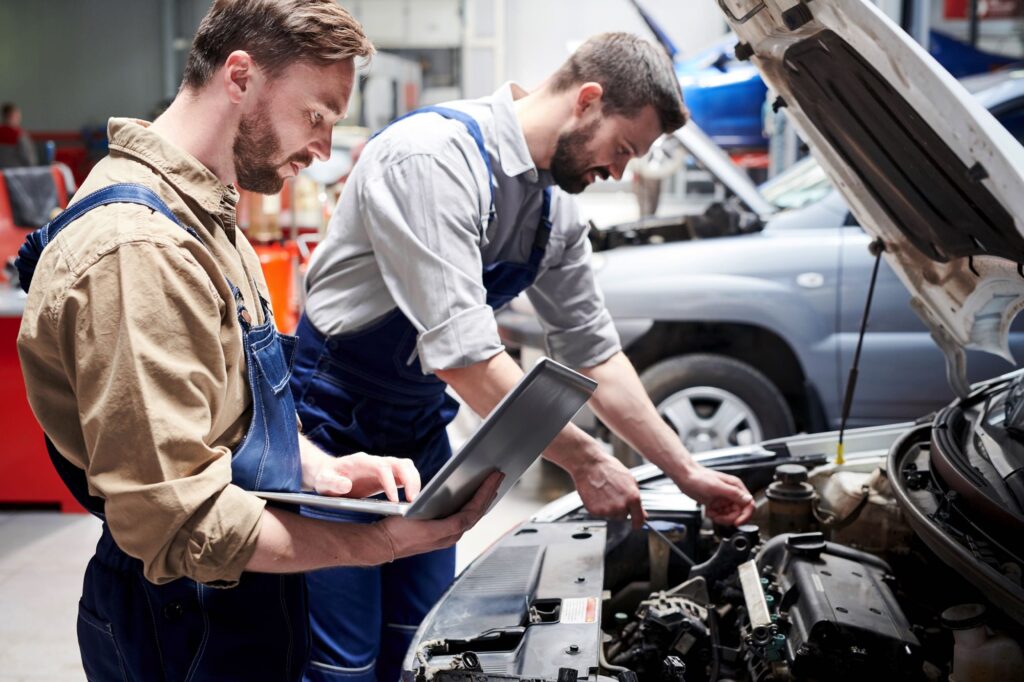in this era, every person has awareness about car maintenance and services. Several famous brands are providing their clients best quality services that how to Improve Fuel Efficiency with the Right Tires. They have professional mechanics; who are experts in doing all kinds of services.
Drivers often overlook one of the most significant factors affecting a car’s fuel efficiency: its tires. While engine size, driving habits, and vehicle weight play a major role, the online tires UAE are the only part of the car that actually touches the road. Rolling resistance, a fundamental concept of physics, directly links your tires to your fuel consumption. By understanding this concept and making smart choices about your tires, you can significantly improve your car’s fuel efficiency, save money at the pump, and reduce your environmental footprint.
Understanding Rolling Resistance
Rolling resistance is the force that keeps a tire rolling at a constant speed. When a tire rotates, it continuously deforms and flexes as it makes contact with the road surface, a process that generates heat. This energy loss, known as hysteresis, is what creates rolling resistance. The higher the rolling resistance, the more effort the engine has to exert to move the vehicle forward, which in turn burns more fuel. In fact, How to Improve Fuel Efficiency with the Right Tires research shows that up to 20% of a car’s fuel consumption is used to overcome rolling resistance.
The good news is that rolling resistance is not a fixed variable. Many factors related to the tire itself—including its material, construction, and condition—influence it.
The Right online Tires UAE: Low Rolling Resistance (LRR) Tires
In response to the growing demand for fuel efficiency, online tire UAE manufacturers have developed a class of products known as “Low Rolling Resistance” (LRR) tires. Engineers specifically design these tires to minimize energy lost to friction and heat. They achieve this through several key design features:
Specialized Compounds: LRR tires often use advanced rubber compounds, typically with a higher silica content. Silica is a key additive that reduces hysteresis, allowing the tire to flex with less energy loss. This results in less heat buildup and, consequently, lower rolling resistance.
Optimized Tread Patterns: The tread pattern on LRR tires is designed to minimize distortion and provide a smaller, more uniform contact patch with the road. This reduces the amount of friction and energy wasted as the tire rolls. While aggressive tread patterns are great for off-roading or snowy conditions, they increase rolling resistance and are not ideal for fuel efficiency on paved roads.
Lighter Construction: Many LRR tires are built with lightweight materials and a more rigid internal structure, which helps to reduce tire deformation. The less the tire deforms, the less energy is needed to keep it rolling.
When shopping for new tires online Abu Dhabi, look for the EU tire label (or similar regional labels) which provides ratings for fuel efficiency, wet grip, and noise. The fuel efficiency rating, from “A” (most efficient) to “G” (least efficient), is a direct indicator of the tire’s rolling resistance. Choosing an “A” rated tire can lead to a noticeable reduction in fuel consumption over time.
The Importance of Tire Pressure
Even the most advanced LRR tire cannot deliver on its promise without proper maintenance. The single most important factor for maximizing fuel efficiency is maintaining the correct tire pressure.
Under-inflation: This is a common and costly mistake. Under-inflated tires cause the sidewalls to bulge and the contact patch with the road to become larger and uneven. This increases rolling resistance dramatically, forcing the engine to work harder and consume more fuel. According to the U.S. Department of Energy, for every 1 psi below the recommended level, you lose 0.1% of your gas mileage. Over time, this adds up to a significant amount of wasted fuel and money.
Over-inflation: While some people believe that over-inflating tires will improve fuel economy, this is a dangerous myth. Over-inflated tires have a smaller contact patch with the road, leading to reduced grip and compromised handling. This can be particularly hazardous in wet or slippery conditions. It also causes the tire to wear unevenly in the center, shortening its lifespan.
Maintain the ideal tire pressure rather than the maximum pressure listed on the tire’s sidewall. Instead, it is the pressure recommended by your car’s manufacturer, which can be found on a sticker inside the driver’s side door jamb, in the owner’s manual, or in the glove compartment. Check your tire pressure at least once a month, as tires naturally lose pressure over time.
Tire Size, Weight, and Tread of tires online Abu Dhabi
Beyond rolling resistance and pressure, other tire characteristics can impact fuel economy:
Tire Size: A larger tire is heavier and has a larger contact patch, both of which increase rolling resistance. While some drivers prefer the look of larger tires and wheels, they often come at the expense of fuel efficiency.
Tire Weight: The “unsprung mass” of your vehicle—the weight of the tires, wheels, and suspension components not supported by the springs—has a direct impact on fuel economy, especially in stop-and-go city driving. Lighter tires and wheels require less energy to accelerate and decelerate.
Tread Wear: As a tire’s tread wears down, its rolling resistance naturally decreases. This is because there is less material deforming with each rotation. While this can provide a slight boost in efficiency, it is not a reason to drive on bald or unsafe tires.
In conclusion, the right tires online Abu Dhabi are a key component of a fuel-efficient vehicle. By choosing low rolling resistance tires, maintaining proper tire pressure, and being mindful of tire size and weight, you can take a simple yet powerful step toward saving money, reducing your carbon footprint, and getting the most out of every drop of fuel.



